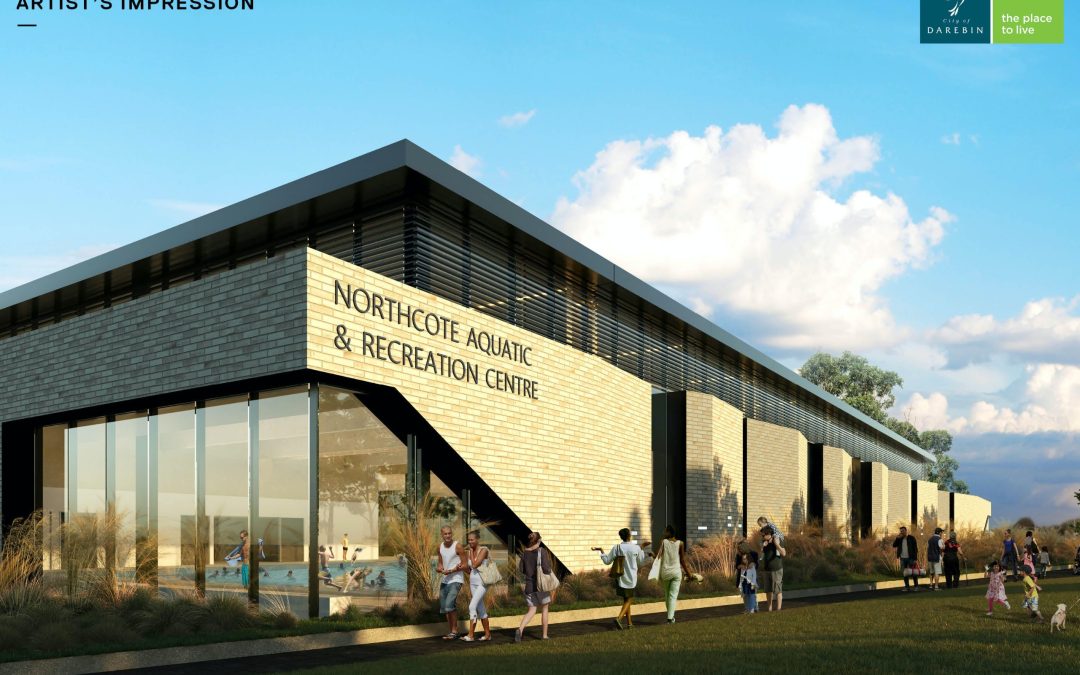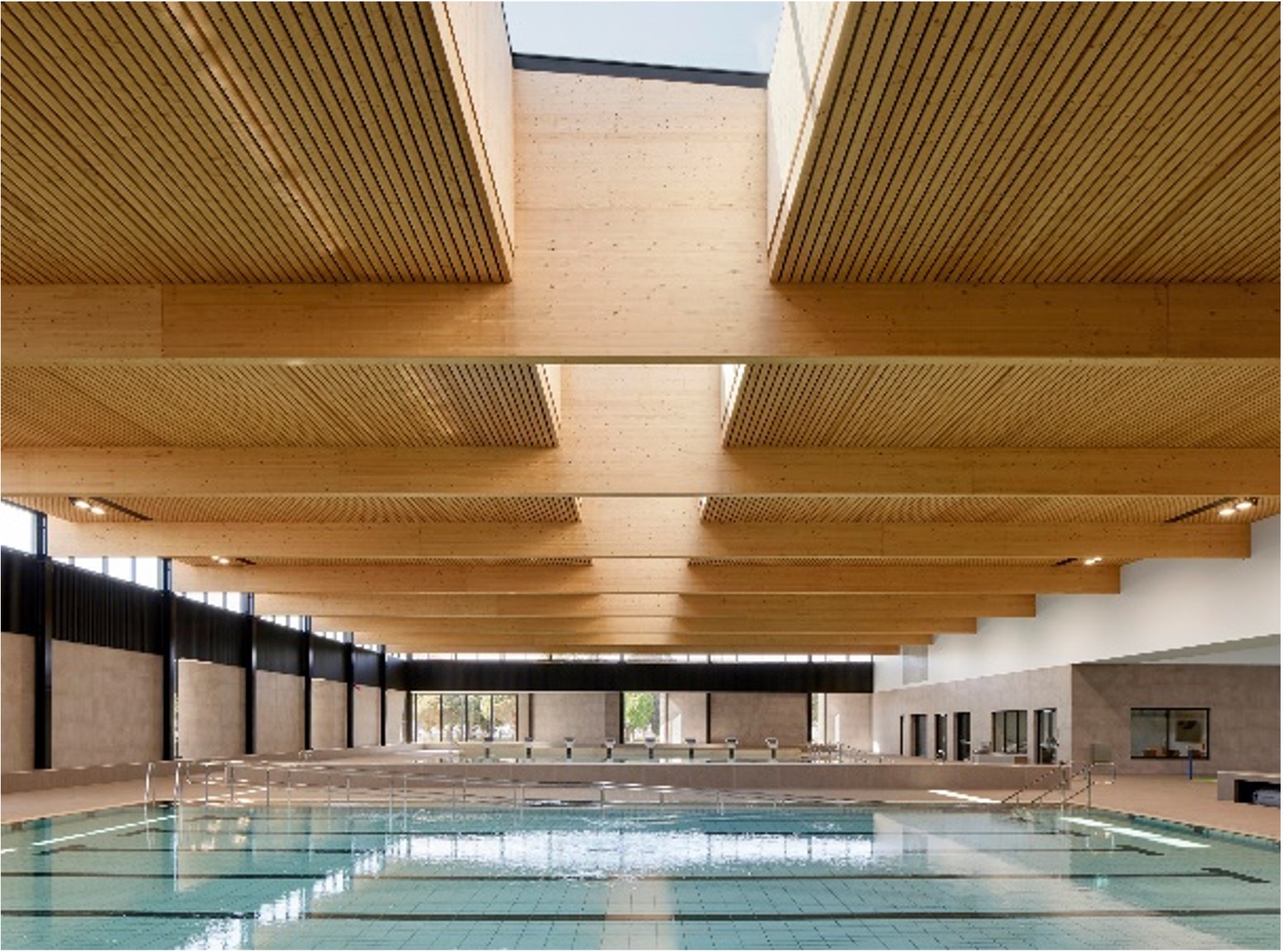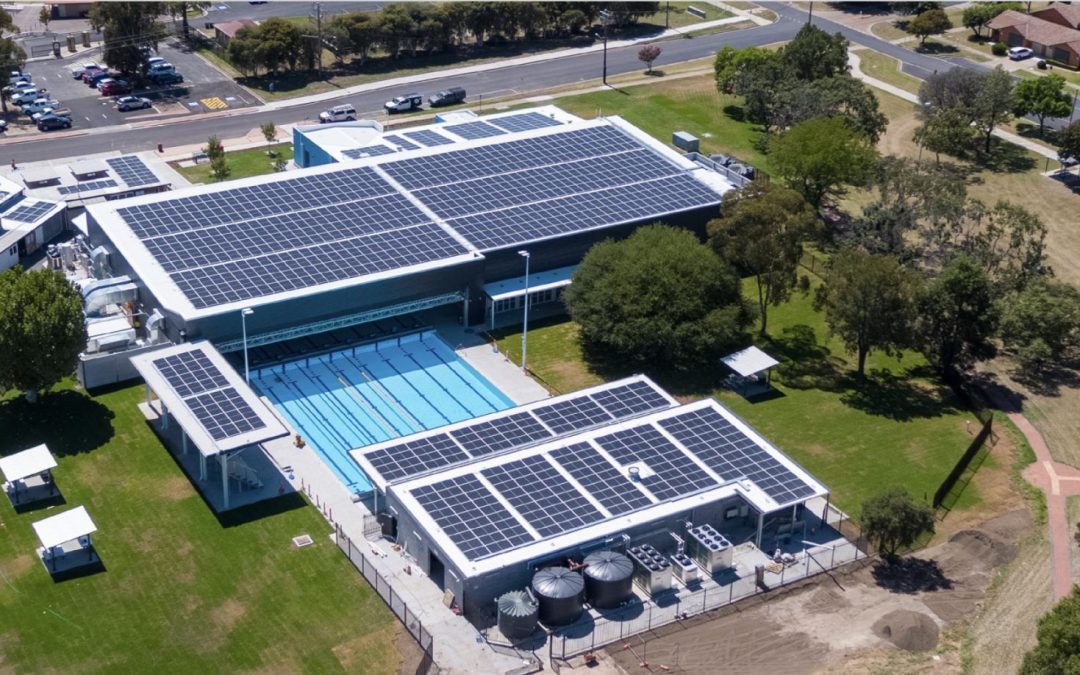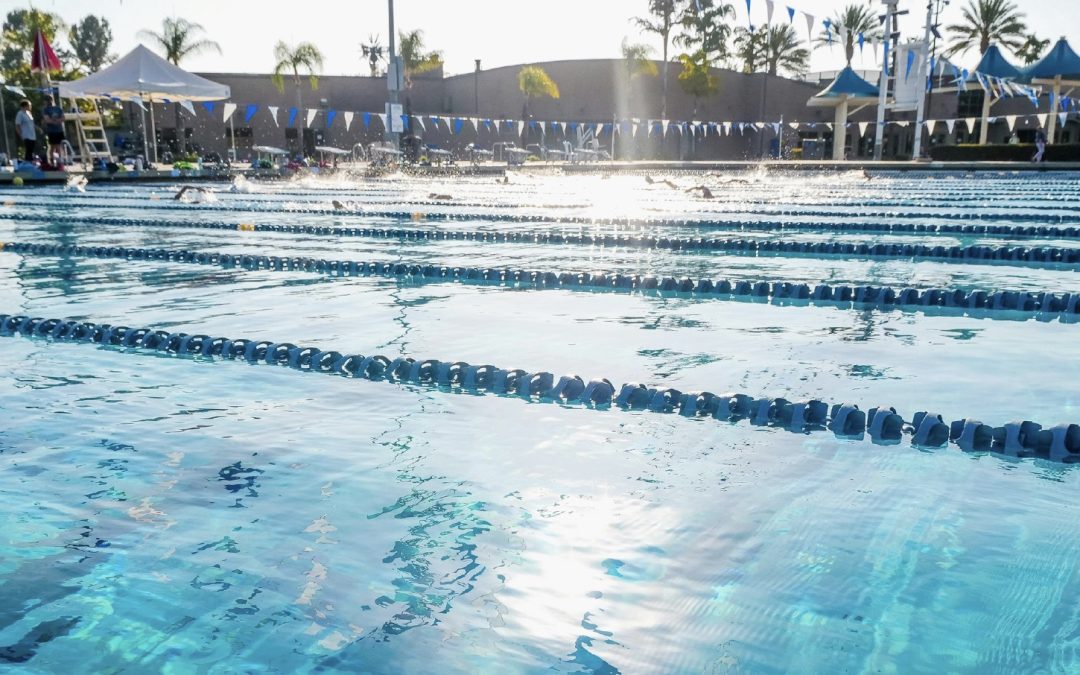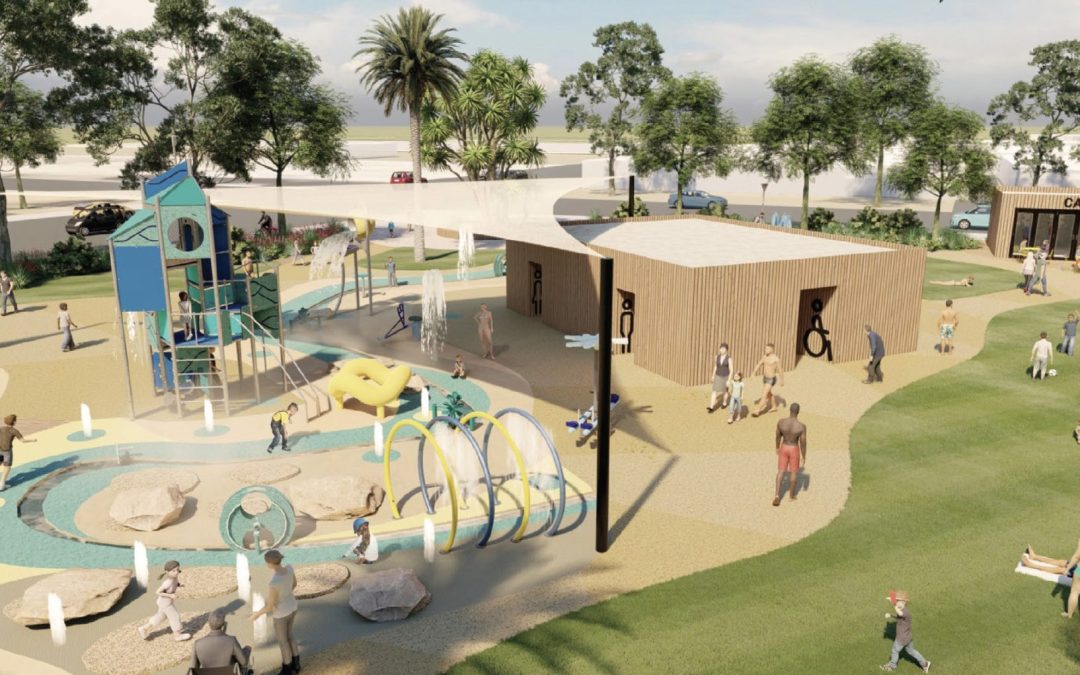
Tamworth Regional Aquatic Centre Business Case
Tamworth Regional Aquatic Centre Business Case
Client
Tamworth Regional Council (NSW)
Project Purpose
Otium has worked with Tamworth Regional Council with its planning, design, and funding applications in several projects for the Tamworth Regional Aquatic Centre and Northern Inland Centre of Sport and Health. The critical pieces of works were developing Business Cases in accordance with NSW Treasury Guidelines.
Otium’s Role
- Feasibility investigations and stakeholder engagement.
- Site location assessments.
- Concept plan development.
- Preparation of a business case to assist our client with their application for State and Federal funding opportunities.
- Design specification of the Regional Aquatic Centre, including the schedule of necessary components.
Project Outcomes
- The Business Case for this Aquatic Centre was successful in earning $15 million through NSW Centre of Excellence Fund and $9 million through the Australian Government Growing Regions Fund.
- The project will provide regionally significant aquatic, sport, and recreational facilities to the local Tamworth community and the surrounding New England North West region across three development stages.
Project Challenges/Key Learnings
- The Council’s existing Aquatic Centres were both aged and facing the end of their serviceable life.
- Consultation with a range of stakeholders and managing the needs required in the precinct.
- Testing of design options across various sites.
- Disruptions to planning and the cost implications of COVID-19.
Community Benefits
- The Business Case has significantly contributed to funding the $45 million centre.
- A total of $132,063.560 direct and indirect benefits will be realised over 10 years of the centre’s operation.
- Increase in regional income through hosting of sporting events and additional employment opportunities.

